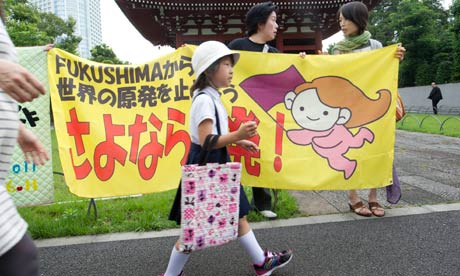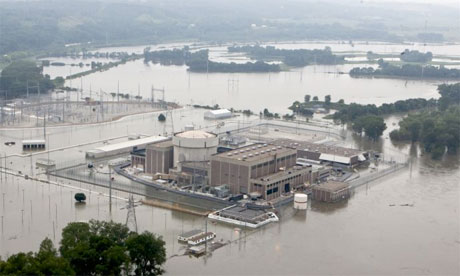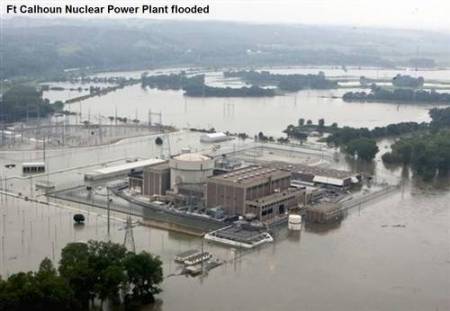'We May Be Naive, But We Are Not Idiots'
SPIEGEL ONLINE: Recent attacks on a naval base in Karachi, Pakistan, which resulted in the deaths of 16 people, show that extremists are posing a serious threat to the government in Islamabad. How safe is the Pakistani nuclear arsenal?
Khan: This hype has been created by the West. There never was, there is not and there never will be any threat to our nuclear assets. Right from the early 1980s on, the army put a fully fail-safe mechanism in place, which was subsequently improved upon by successive army chiefs. The plant was always secured by a fully armed army contingent and the perimeters were made impregnable using various tiers. Since then the security of our nuclear assets has been taken care of by the National Command Authority which has put in place a system whereby decisions are to be taken by a number of people who also possess specific security codes. It would thus be impossible, even if there were an infiltration of extremists, to pass all the components of the security system and get to the bomb.SPIEGEL ONLINE: Nobody has been as active as you in the business of nuclear proliferation in problematic countries like Libya, Iran and North Korea. What drove you to do so? Was it money or the desire to help other Muslim countries build the bomb?
Khan: I did not indulge in proliferation and there is no such thing as an"A.Q. Khan Network."
SPIEGEL ONLINE: Excuse me?
Khan: International suppliers were willing to sell to anyone able to pay and they didn't need me for that. The suppliers to Libya and Iran were the same as the ones Khan Research Laboratories used. We had a contract with North Korea for the production of missiles. They already had their own plutonium production program and they used plutonium in their test procedures. Logistics and security at our plant was in the hands of the army and they checked each and every item that came in or left. How then could I have sent things to any country without the army's knowledge?
SPIEGEL ONLINE: So you are seriously trying to suggest that you never dealt in nuclear weapons or benefited financially from doing so?
Khan: No, no and again no. I did not benefit financially. If that had been the case, would the Special Plans Division, the army unit I worked with, now be paying me a monthly "special pension"?
SPIEGEL ONLINE: If nothing could be sent out of the country without the knowledge of the army, then who benefited from this major business? Certain officers?
Khan: Who benefited, I may not say.
SPIEGEL ONLINE: Seven years ago, you publicly confessed to a television audience of millions that you sold nuclear technology out of greed for profit. You are retracting that statement today. Why?
Khan: I took sole blame for this whole episode because the political leadership urgently asked me to do so. General Pervez Musharraf promised me a full pardon with complete rehabilitation. However, within a few days the mischief started and he started talking of a "conditional pardon," the consequences of which we now all know. Our house was searched and bugged, our phones and Internet connection were disconnected.
SPIEGEL ONLINE: So you are saying you feel you were tricked?
Khan: Tricked is not the right word. I feel stabbed in the back by the very people who benefited most from my work -- i.e., the army.
SPIEGEL ONLINE: Could a nuclear war between India and Pakistan ever even be won by either of the countries?
Khan: Pakistan was forced to go nuclear in response to the Indian tests and political aggression. The deterrence of nuclear weapons lies in the fact that both sides know that the other can retaliate in kind. Had Japan had nuclear weapons during World War II, the Americans never would have dared to use theirs. There has not been a war in Europe since 1945 …
SPIEGEL ONLINE: … other than the Balkan wars …
Khan: … and there has not been one between India and Pakistan since 1971. The Kargil skirmishes were localized and the issue of the use of nuclear weapons never arose. We may be naive, but we are not idiots. Both sides know what the consequences would be.SPIEGEL ONLINE: If it did not have nuclear weapons, Pakistan would not currently be considered one of the world's most dangerous countries. Do you regret having built the bomb?
Khan: I still believe I did Pakistan a favor. Nuclear weapons are a means of ensuring peace by using it as a tit-for-tat threat. I am convinced that there will never be another war between India and Pakistan as a consequence thereof.
Interview conducted by Susanne Koelbl







